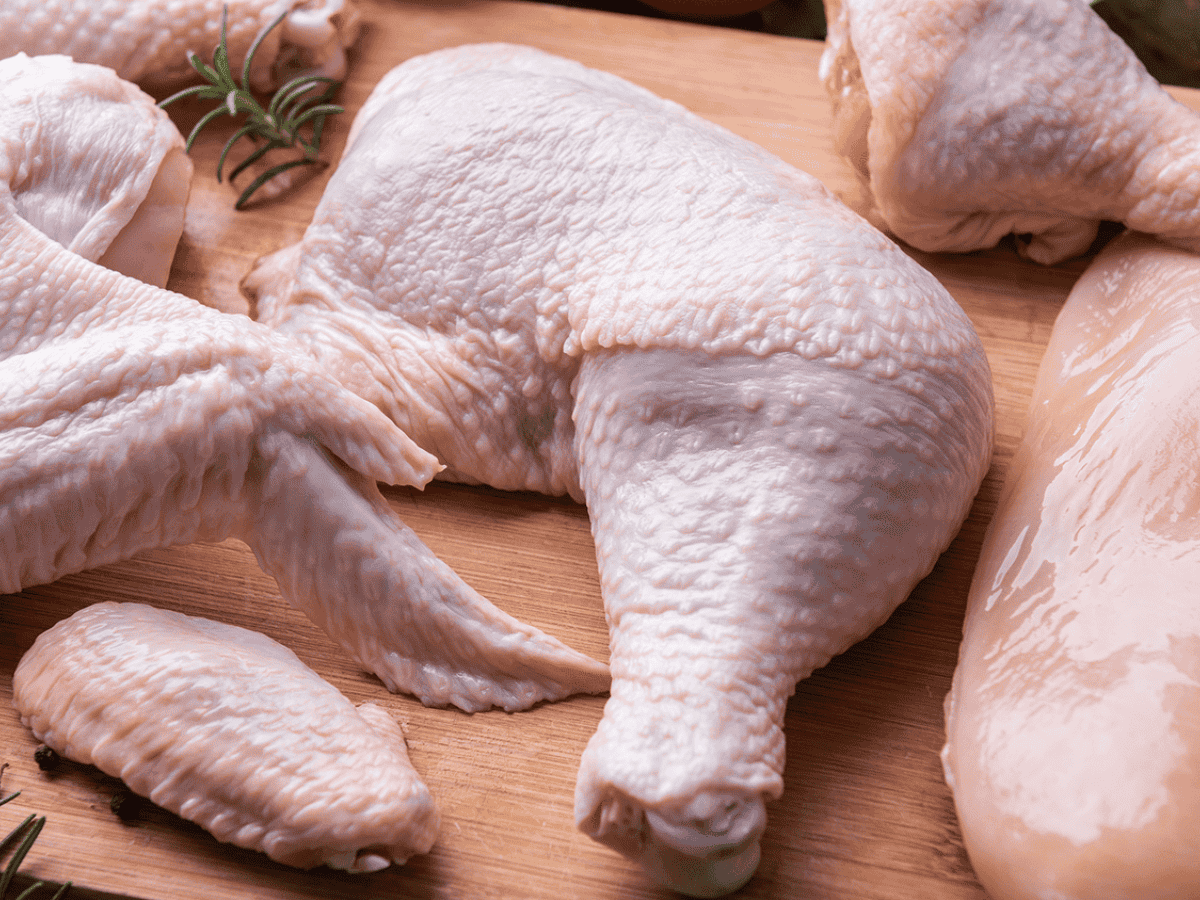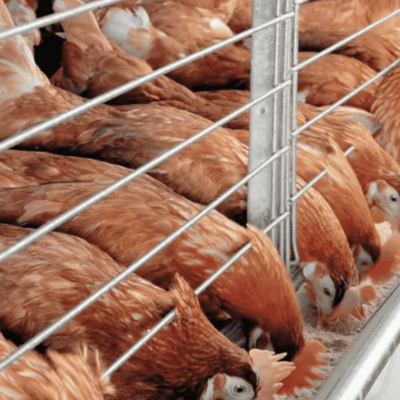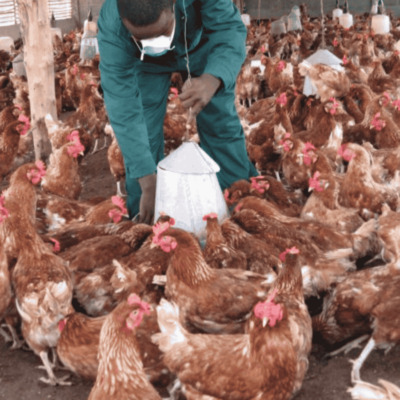WORLD – By 2027, chicken meat consumption is projected to surpass all other protein sources worldwide, driven by rapid income growth, urbanization, and its adaptability to diverse cuisines.
Regions such as India, Africa, and Vietnam are poised to lead this upward trend, while the European Union (EU) and the United Kingdom (UK) are expected to experience slower growth due to demographic shifts and already high per capita consumption rates, according to a study by S&P Global Platts.
Factors driving growth
The anticipated surge in global chicken consumption is underpinned by its cultural adaptability and culinary versatility, making it a preferred protein source across various traditions and lifestyles.
Furthermore, broiler chicken production is notably scalable and efficient compared to other proteins, enhancing its accessibility and affordability.
These factors are particularly impactful in rapidly urbanizing regions where middle-class populations are expanding, such as South Asia, Sub-Saharan Africa, and Southeast Asia.
Market trends and regional variations
While India, Africa, and Vietnam are projected to see strong growth, the EU and UK are nearing market saturation.
High per capita consumption and aging populations in these regions contribute to more modest growth forecasts.
The contrast highlights a divergence in global demand dynamics, with developing economies fueling most of the increase.
Brazil’s dominance in chicken exports
In the global trade arena, Brazil continues to assert its position as the top chicken meat exporter.
The country anticipates a 3% year-on-year rise in exports, with volumes projected to be 16% above the five-year average.
This growth is supported by an improved domestic supply of corn for feed, a critical input in poultry production.
Additionally, Brazil is benefiting from disruptions caused by ongoing avian influenza outbreaks in the United States, which have tightened global supply chains.
Shifting import dynamics
According to the study, import demand is evolving across key markets. Middle Eastern countries and Japan are increasing their chicken imports to meet rising domestic demand.
However, China, which has historically been a significant importer, is experiencing a substantial 27% year-on-year decline in imports. This decline, also 27% below the five-year average, is attributed to robust domestic production and stable consumption patterns within the country.






